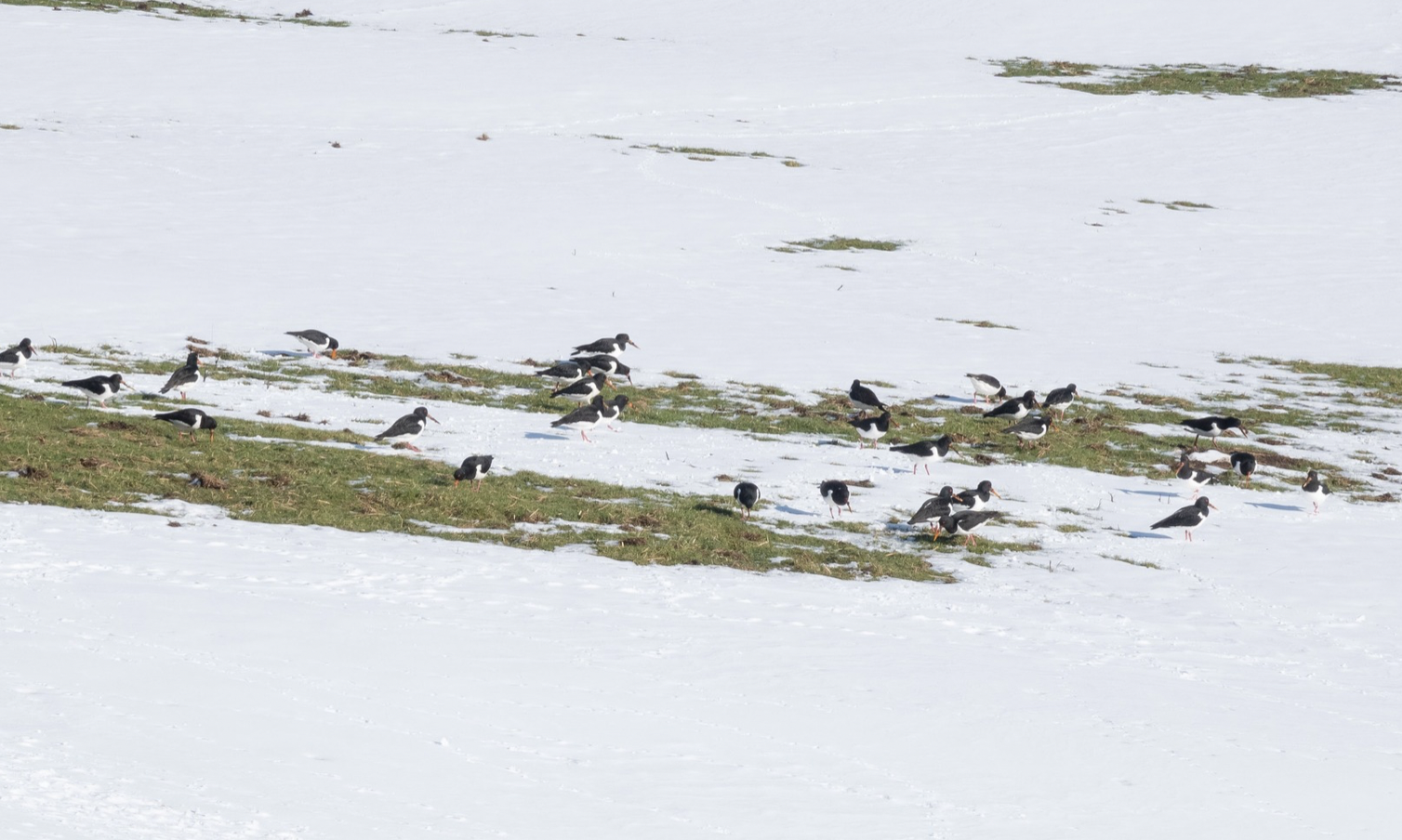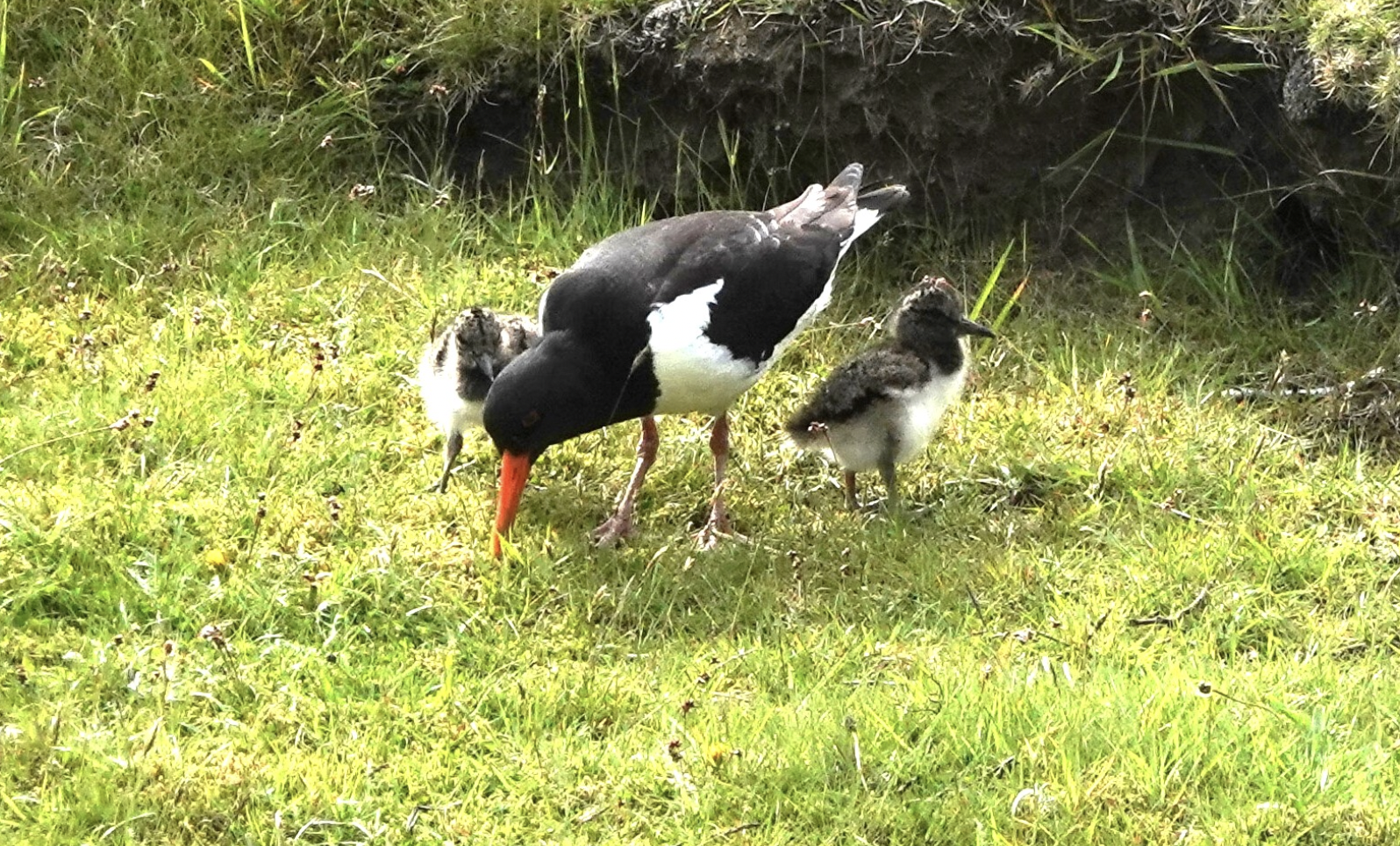Spotlight on the Oystercatcher
Yorkshire Dales Moorland Group
Spotlight on the Oystercatcher (Haematopus ostralegus)
This is a familiar and somewhat noisy bird that breeds on our estates here in the Yorkshire Dales. With its black and white body, red eyes, orange bill and pinkish red legs, this crow sized wader is easily recognisable. It makes a loud peeping call whilst flying especially in the company of other oystercatchers but will also call when on the ground.
These birds breed readily on our managed estates having increased their numbers in the Dales by over 40% since the 1970's. They are rated as Amber on the UK list of Birds of Conservation Concern and classed as Vulnerable on the equivalent European list.
Our moors are important breeding areas for these ground nesters especially when the UK supports over 45% of the European population. Oystercatchers do not really eat oysters. Their Latin name means 'blood foot, gatherer of oysters' but this is a strange label as their feet are not blood coloured and their diet seldom if ever consists of oysters. The diet is varied and influenced by season and location. In land these pied waders eat worms, cranefly larvae, caterpillars and other insects but in winter when they return to the coast the diet comprises mainly bivalves such as mussels, whelks and cockles.
Oystercatchers generally breed from around four years of age. Arriving in flocks to the moors and dales in spring they soon break up into smaller cohorts as courtship begins. It can be a noisy affair and battles for territories can be fierce. Whilst most oystercatchers nest on the ground, some have been quite inventive at selecting alternate sites here in the Dales (see photos). The nest is just a scrape with barely any lining. Three eggs are the norm with the peak of laying being in mid May. They are incubated for about 25 days. The chicks are soon mobile after hatching but unlike other waders they are 'nidifugous' in that they rely on their parents to be fed for several weeks. The young birds can fly at around six to eight weeks.
The average lifespan of an oystercatcher is around 12 years but the oldest recorded one reached a staggering 41 years!
Our keepers are actively involved in recording oystercatcher breeding. We have keepers who are licenced wader ringers with the BTO playing an important role that provides valuable data.
The managed grouse moors and the gamekeepers who work these landscapes have an abiding dedication to the birds that come to breed on their moors. They are the conservationists on the ground creating the habitats, protecting the vulnerable and producing the bird life that the nation cherishes. Hats off to the keepers for all their efforts.




